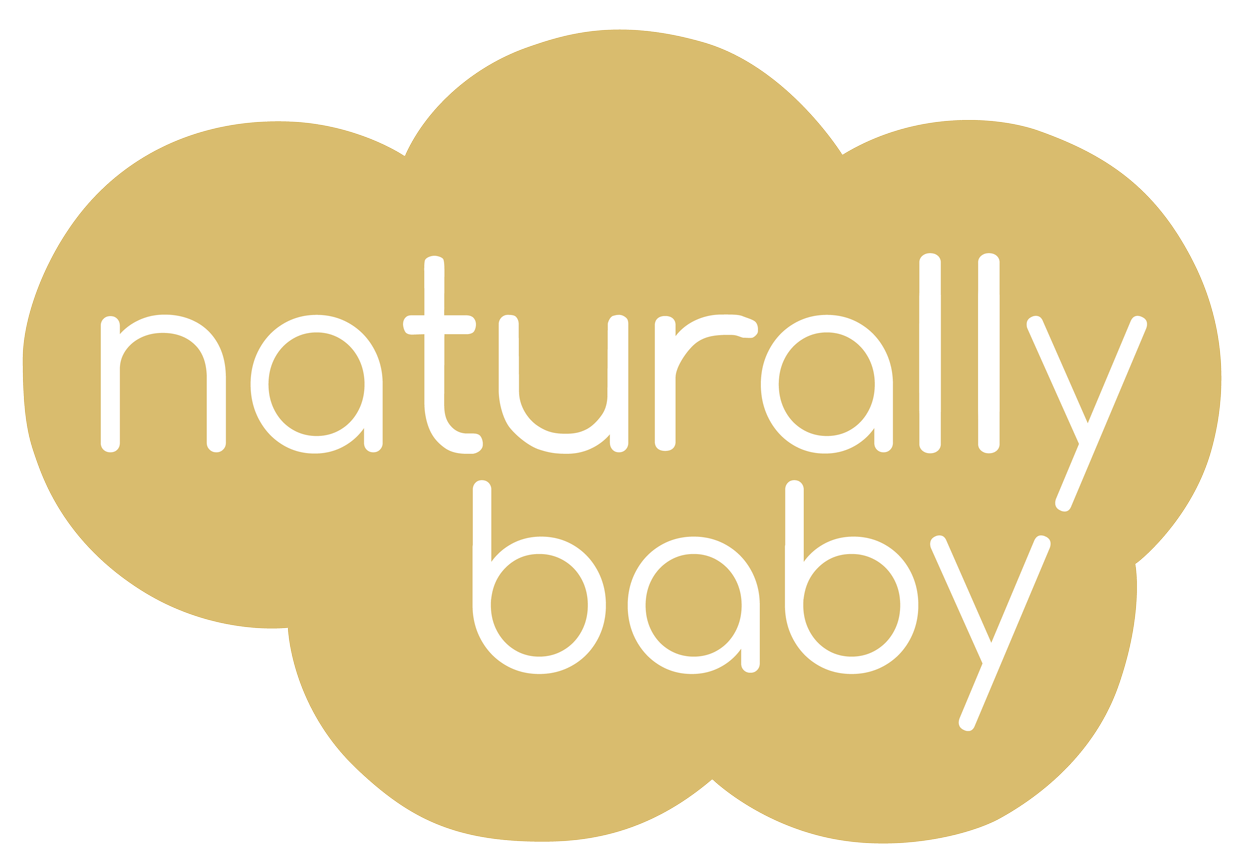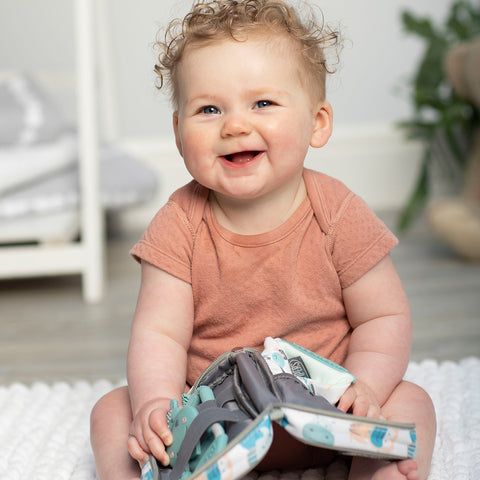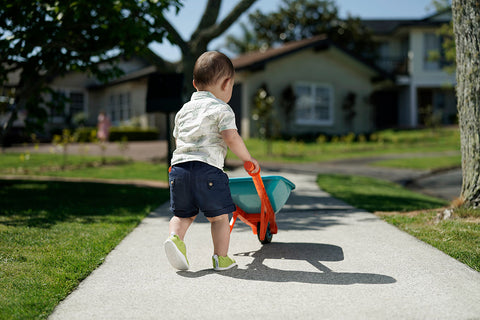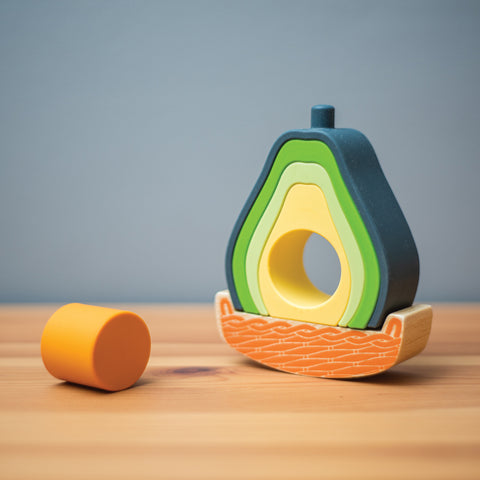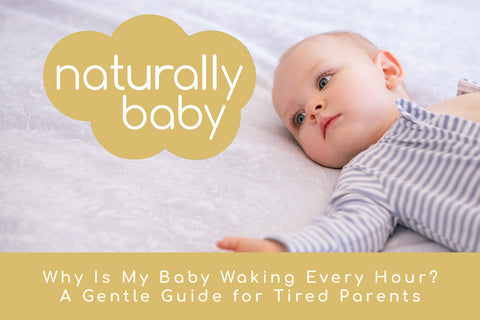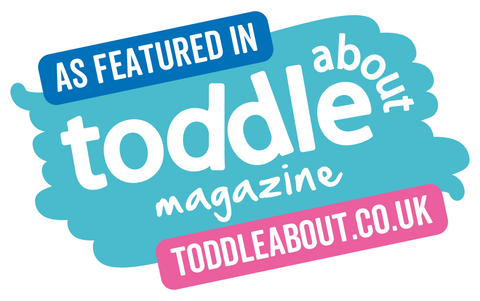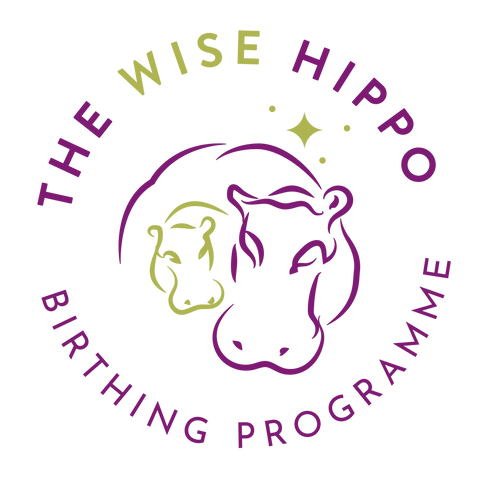Firstly, every baby is unique and the advice given by doctors, parenting clubs, online blogs (!) and our dear aunt Mabel can become a bubbling hot-pot of conflicting opinion. Cultural habits, generational differences and emerging science all contribute to what we know today.
There's real value to be found in differences of opinion. But if you're swimming in a sea of contrasting advice, then caring for the sensitive skin of your baby, or toddler can quickly become overwhelming. A great place to start is with a quick look at what makes your baby's skin so special.
A BABY’S SKIN IS ALWAYS CHANGING.
Recognising the differences between a baby's skin and our own is the foundation for making lifelong habits of positive skincare.
First days of life - When we are born, we are covered with a waxy, creamy-white coating, called vernix. It’s our natural protection against the amniotic fluid in the womb. It also provides an extra layer of fat to help keep heat shortly after birth.
Studies have shown that it’s beneficial to leave this waxy coating intact allowing it to be absorbed naturally instead of washing it off, as it helps with hydration and can protect against infections.
Early weeks - in the first weeks of life, a newborns skin is more fragile than the skin of more developed babies. Just like us, a baby's skin shares the same three basic layers; the epidermis, dermis and hypodermis. Only in newborns, each layer is much thinner than our own.
All babies also have to deal with a reduced lipid barrier, an immature immune function and a neutral to alkaline pH, the measure of acidity, of around 6.5. This means a newborn's skin more delicate, at risk of infection and substances pass through it more easily. For this reason, it’s important to be extra careful when washing and bathing after birth.
Months and years ahead - As a baby’s skin matures it becomes more acidic, reaching a pH of around 5 to 5.5, which is slightly acidic, and similar to adult skin. These changes are brought by the regulation of oil, or sebum production and an increase in a baby's own protective fatty acids over time. These natural changes are essential, and not without their surprises. Temporary dryness, milk spots and redness are common.
So, if a newborns’ skin is very thin, still developing, and super sensitive, how can I safely keep my baby clean, happy and healthy?
Top and tail - Guidelines on bathing vary by country and culture. In the UK, the NHS recommends “top and tailing” in the first few days of life.
Stopping short of a full bath, you gently wipe your baby’s face – always starting in the centre and wiping outwards - , ears, hands, feet and bottom with cotton wool, or even better, a clean reusable cloth, and warm water. Special attention should go to wiping between those cute creases of the neck and armpits where milk and fluff can gather. ALWAYS be sure to start at the top before working your way down!
BATH TIME
In these early weeks, washing with shallow, warm water is enough. Matching body temperature is the way to go... 37 to 37.5 degrees C is perfect. If you don’t have a thermometer, the “elbow test” is a good back-up. Just dip your elbow in water to check it feels tepid, not too hot, nor too cold. If it does, you're good to go!
Once the baby is three to four weeks old, you might want to start to introduce basic baby care items into your bathtime routine but there's no great rush. For newborns, less is definitely more.
Tip: if travelling it's a great idea to keep your baby's bath shorter than usual. Water hardness and pH can change from one place to another. These changes in tap water can be enough to set a baby’s delicate skin balance out of kilter. Keep baths short and sweet when on the road.
LET’S TALK BOTTOMS
Nappy rashes are caused by a couple of things: rubbing of the nappy against the skin, contact with wee and poo, or even a lack of fresh air. Thankfully, you can control these.
Changing nappies frequently, patting the skin dry after bath times, and letting the skin get fresh air from time to time can prevent the rash from appearing by controlling any excess of moisture.
Balms, ointments and barrier creams help reduce physical rubbing against nappies. They also reduce the contact of any nasties with a baby’s sensitive skin. For newborns and toddlers alike, a quick application after each nappy change is normally enough to keep bottoms ticking over, happy and healthy. If we're talking bottoms, we have to talk teething. Most babies begin to show teeth at 6 to 12 months. When teething begins saliva becomes more acidic to help soften gums. As a baby’s saliva acidifies, so too does its poo. You’ll probably even smell the difference!
At this point, even the world’s best-kept bottom can run into trouble. Specialised creams with an extra-strong barrier function can help keep acids from irritating the area. Even medicated products might be called upon to temporarily keep raw, angry skin at bay. Once recovered, it's best to go back to gentler formulas.
DRY SKIN
We mentioned earlier that your baby’s skin barrier is weak at birth. This gradually changes in the weeks and months that follow. The ups and downs of learning to self-regulate oil production change can result in dry, flaky skin, especially on hands and feet.
Moisturising with a gentle, bland cream is normally sufficient to help with hydration. Flaky skin will usually correct itself in time as the skin barrier matures. Don't remove any flakes, these will fall on their own. If the dryness or irritation worsens, try cutting out the products you’re using to give the skin a break and book a visit to see your GP.
CRADLE CAP
Cradle cap is a common condition in babies that appears on the top of their head months after birth. It’s a medical condition called seborrheic dermatitis which can result in patches of greasy, yellow crusts. This is almost always harmless. Although the cause is not clear, it shouldn’t cause pain, itchiness or discomfort to your baby. Moreover, it usually clears on its own. You can use gentle products to try and clear it, look for pH balanced formulas specifically for that purpose and use a cradle cap brush. If you're not sure if the condition is cradle cap, or the dry scalp doesn't clear up in good time it's best to speak to your GP. It's normal for a baby’s changing skin to pack plenty of surprises.
Everything is new when you have your first baby. Yet in truth, it's still new the second time around too. Every new arrival brings new quirks, charms and individual needs which make them unique. If you're ever unsure of something, trust your gut instinct. No one knows your baby like you.
